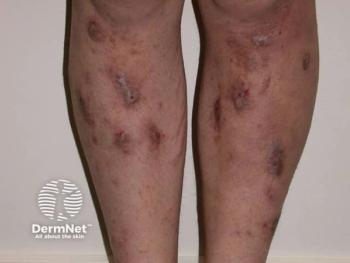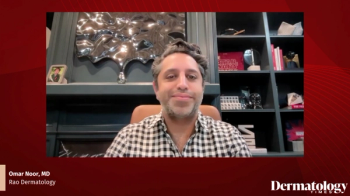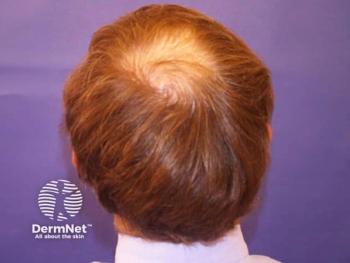
Marionette lines: Targeting dynamic, static components of melomental fold rhytids
Treatment of melomental fold rhytids with both Botox and an HA filler affords long-lasting results.
Key Points
Dr. Beynet and colleagues at the David Geffen School of Medicine, University of California, Los Angeles, compared the dual approach against monotherapy with the filler injection in a randomized, double-blind, split-face study. Twenty-three patients seeking correction of melomental fold rhytids were included. All patients received treatment with the filler on both sides of the face. On one side of the face, either botulinum toxin or saline was injected into the depressor anguli oris muscle, and the alternate agent was injected contralaterally.
Follow-up continued through 12 months and improvement was evaluated clinically and by photographic assessments. At two and four weeks post-treatment, there were significant differences favoring the combination treatment side with nonanimal sourced hyaluronic acid filler and Botox.
"Drs. Jean and Alistair Carruthers have reported on the benefits of combining botulinum toxin and filler injections for enhancing cosmetic improvement and duration of the benefit when treating glabellar folds. While hyaluronic acid fillers and botulinum toxin injections are both widely used for cosmetic rejuvenation of the lower face, the benefit of combining these modalities in the treatment of marionette lines is not well-documented," Dr. Beynet says.
"The results of our small study show this dual approach is safe and may be useful for augmenting the response versus filler treatment alone. Further studies are needed to corroborate this."
In all patients, the hyaluronic acid filler was injected bilaterally to achieve complete correction. The botulinum toxin injections (four units into the depressor anguli oris muscle) were done unilaterally.
"The significant differences in magnitude of cosmetic improvement at two and four weeks post-treatment favoring the combination technique are consistent with the time course of greatest activity of the botulinum toxin in paralyzing the depressor anguli oris muscle. Perhaps injecting a slightly higher dose of botulinum toxin or administering a repeat dose after about three months might be tried to further extend the duration of the cosmetic benefit using this combination technique," Dr. Beynet notes.
Patients did not experience any adverse events associated with the addition of the botulinum toxin to the filler injection.
"The investigator's clinical assessment identified asymmetry at maximal contraction in a significant percentage of patients. This is attributable to the split-face design, but it was not noticed by the patients, nor did they report any difficulties with chewing or speaking as a result of the botulinum toxin treatment," Dr. Beynet says.
Disclosures: Allergan provided the products for the study. However, the study was investigator-initiated and there was no industry input in its design or science. The senior author, Jenny Kim, M.D., Ph.D., is a consultant for Allergan, as are co-authors Joseph Greco, M.D., and Gary Lask, M.D. Dr. Beynet reports no financial interest in Allergan.
Newsletter
Like what you’re reading? Subscribe to Dermatology Times for weekly updates on therapies, innovations, and real-world practice tips.


















